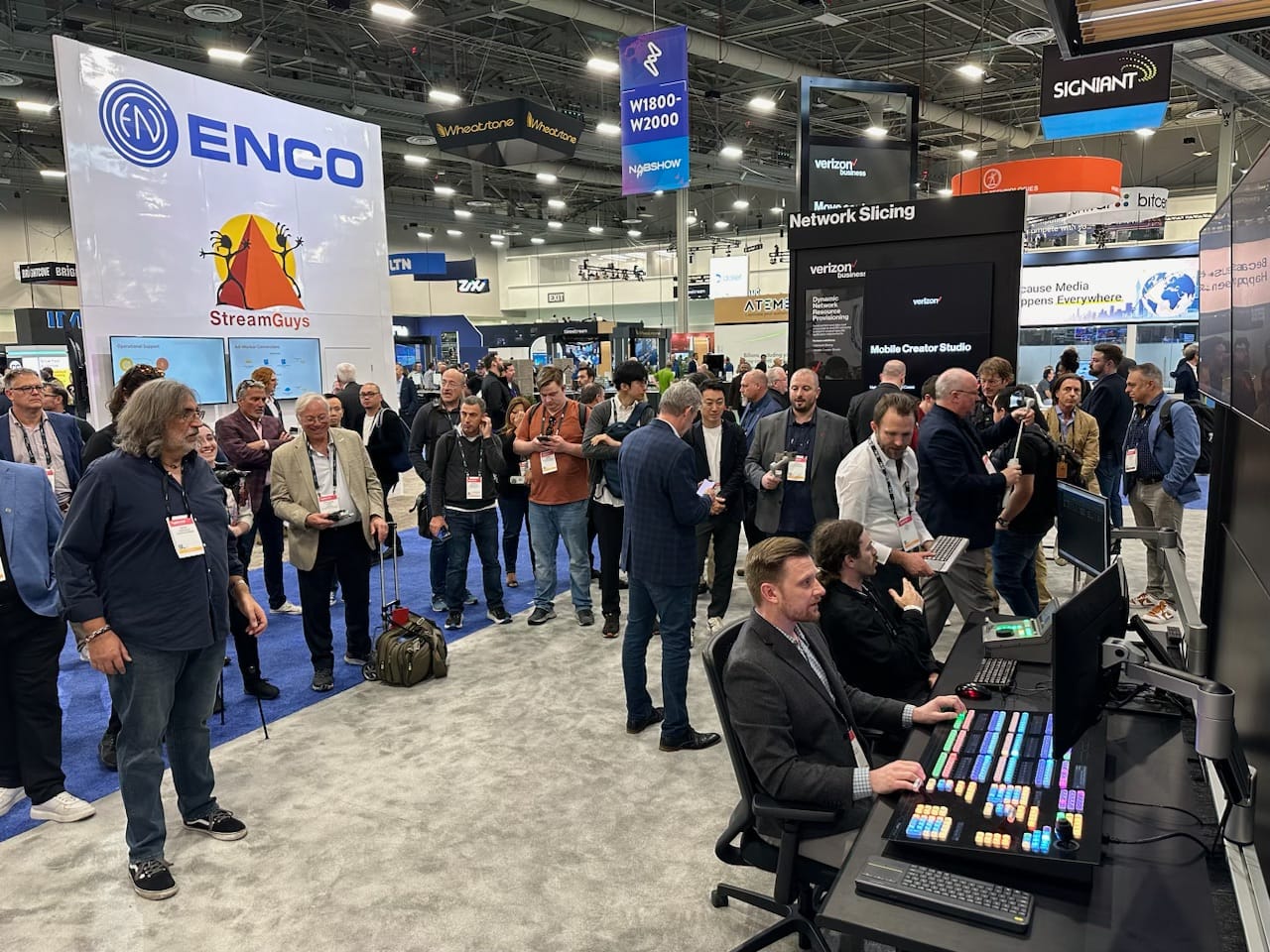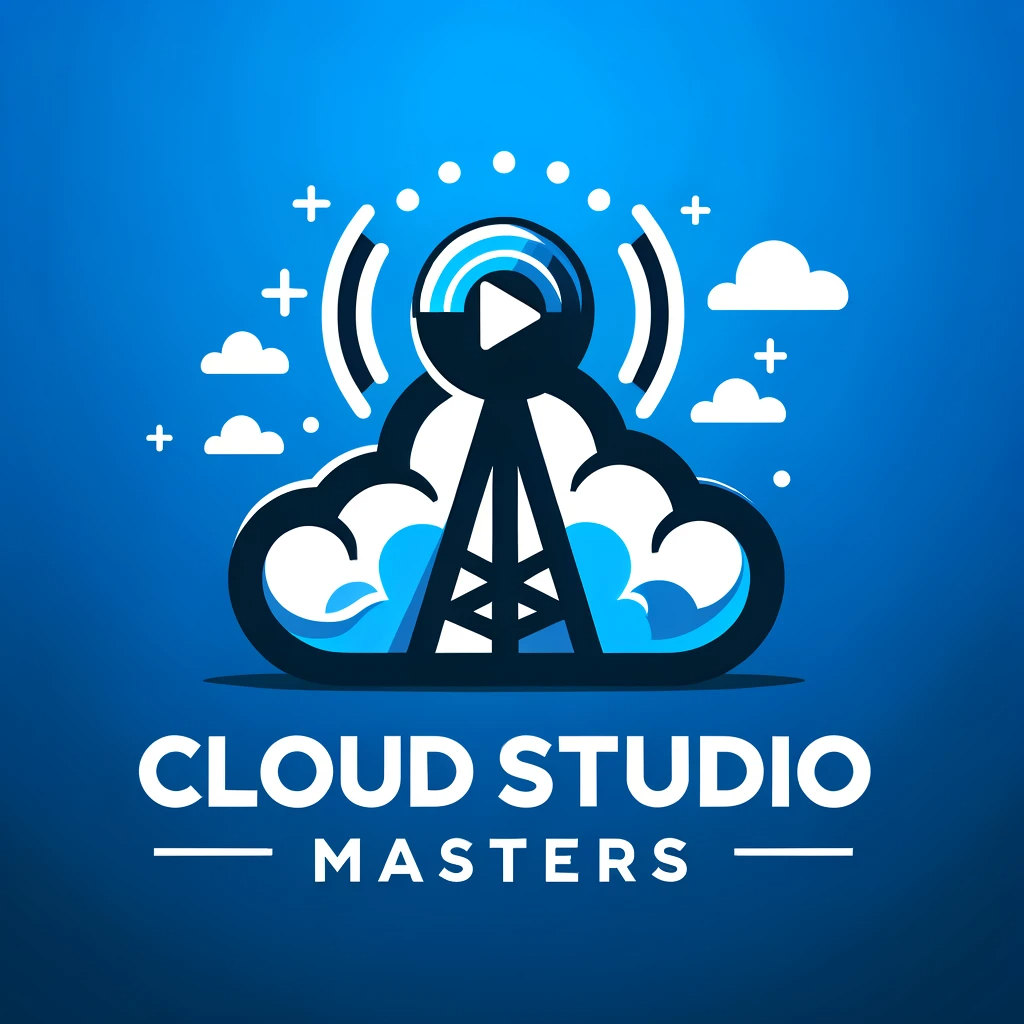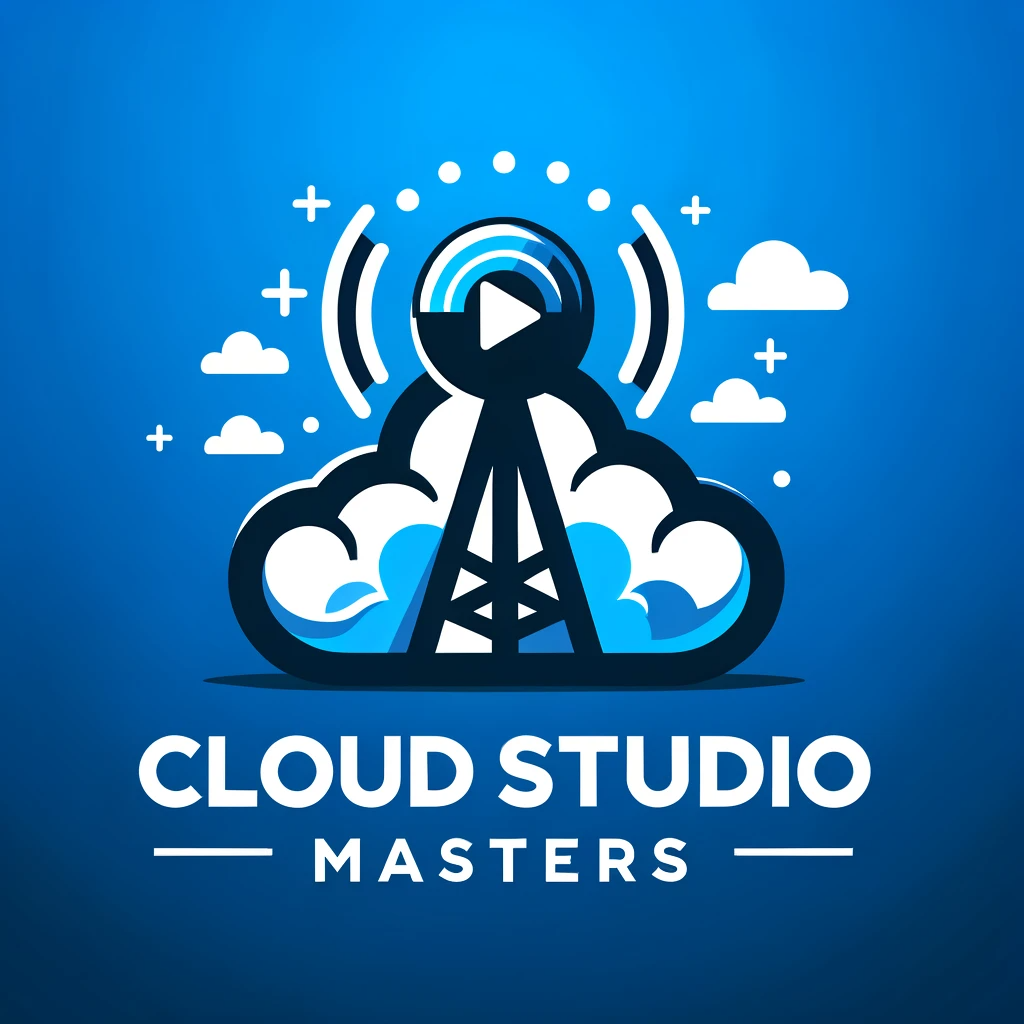Wandering the halls of the Las Vegas convention center this year, I noticed there was one very big thing missing. Hardware. Cloud was the hot topic. Judging by the amount of people watching us at the Verizon booth, I would tend to agree.

Yes of course, there were still plenty of booths with boxes, encoders, cameras, lenses, and that type of hardware. What I noticed was was the lack of big, expensive broadcast hardware like switchers and graphics machines. While there were some companies still selling their big iron hardware, the emphasis was definitely on software and cloud.
The move to commodity hardware (or public cloud hardware) hit the post production space hard about 10 years ago, and now that trend has caught up to multicamera production and live streaming.
Here are 3 trends that are headed for the live production space in the next few years, and how you can benefit from these trends.
Distributed Workflows
There was a huge emphasis on wireless connectivity, with “cloud to camera” workflows being the popular phrase. While many of these devices were aimed at the post-production industry and getting footage to shared cloud storage for quick editing, there were some great advances in the wireless encoding space as well.
Companies like Haivision, Kiloview, Teradeck, and TVU Networks all updated their single pane of glass control software to remotely manage their camera encoders. These advances will reduce the footprint of on-site hardware, even more…with the eventual goal to just have cameras and encoders on site. In turn, this breaks down to smaller crews.
If you’re planning tech for your clients’ events, you can use this trend to sell a smaller on-site crew and make sure your client’s know they are still getting great production quality.
Plus, distributed production comes with one big secret: You and your client can have access to top crew members and technical talent across the country, without spending time (or money) on travel.
Flexibility in the Cloud
Utilizing the cloud allows you as a content producer to be inherently more flexible than working within your exiting facility. One of the biggest selling points I have used this year is the ability to scale up and down my capabilities using the public cloud.
Adding another control room is a simple as obtaining a software license and running a few deployment scripts. Use this to your advantage when selling to your clients. Make sure they know that you can add or remove capabilities quickly, and you’re not confined by traditional hardware.
The tools are getting better(and sometimes cheaper) each year, and if you are not taking advantage of that you’ll get stuck in a legacy business model that will eventually cost too much.
If I were just getting started in cloud production today, here is what I would do:
Learn at least one software production tool, like vMix. Get to know it’s capabilities, and figure out if you can work that into any of your existing workflows.
If you don’t know anything about vMix you can start by searching youtube for tutorials. There are plenty out there.
If you want a more directed approach, try my vMix Jumpstart course. https://purpletallytraining.mykajabi.com/offers/EQsKCfgR/checkout
If you are stuck on something and need help, book a 1-on-1 call with me here:
https://calendly.com/langeprod/cloud-consultation?ref=cloudstudiomasters.com
That’s all for now. See you next time.

